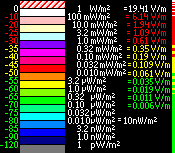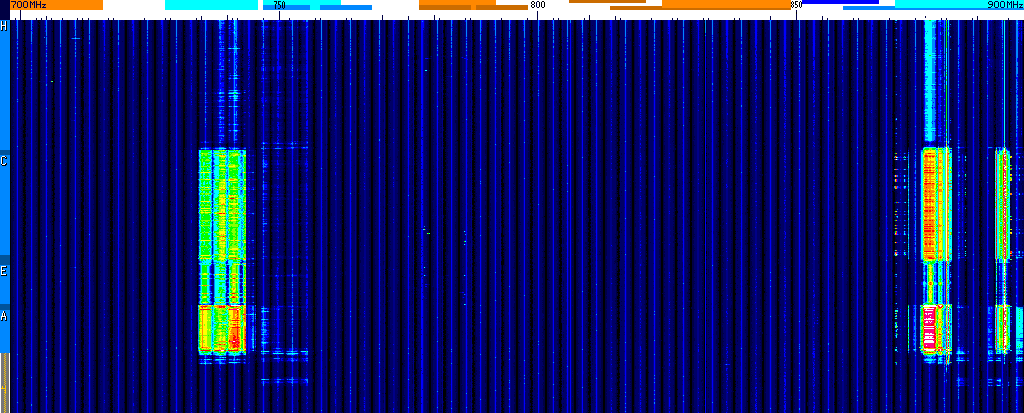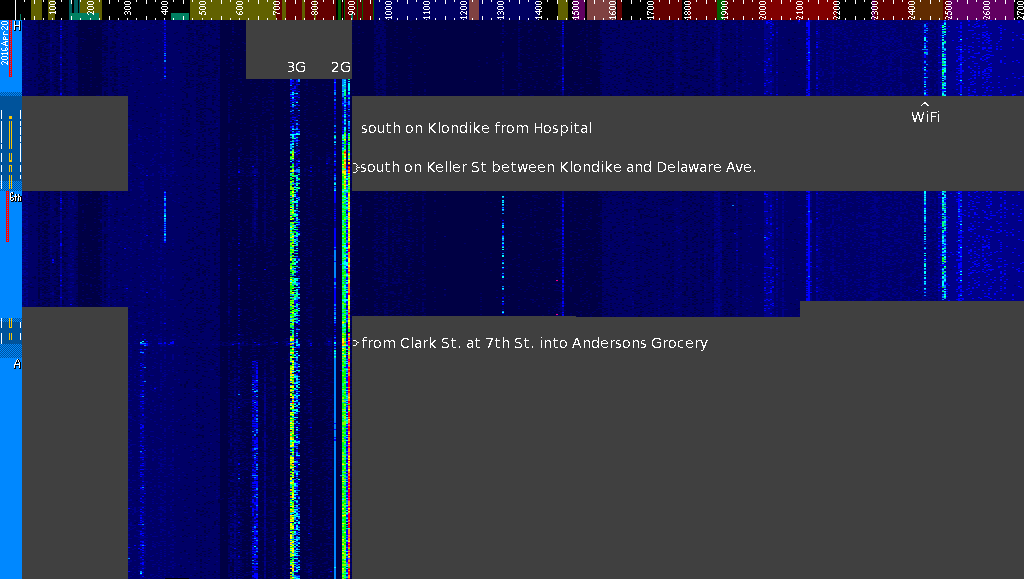|
|
Stewart's Corral |
page 55
visitor # |
| About Me and EHS Index | |||
| Introduction and Awareness. Real or imagined About me, part 1 How it started About me, part 2 Ongoing saga |
Searching for EM-Smog Meter Evaluation Conversion chart and entry table Features to Look For Specifications Emissions More Meters Evaluation in Urban Measuring a cell phone |
part 3 Indoor Equipment Evaluation part 4 LIBRARY— Health Links part 7 Spectrum analysis graphs part 8 Measuring cellular and smartphones |
part 5 Aaronia Spectran graphs Spectran version 4 evaluation RF Explorer evaluation and graphs part 6 Newer spectrum graphs with RFE part 2 |
Exposure limits and conversion tables |
dBW Graph Color Legend |






















![[Home]](images/home.gif)
![[Willapa Valley photos]](images/19990309-10.06-t60.jpg)
![[Republic photos]](images/20021128-23.23-t60.jpg)